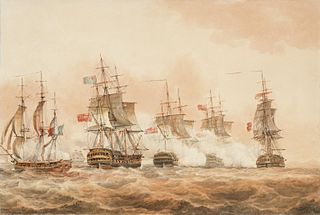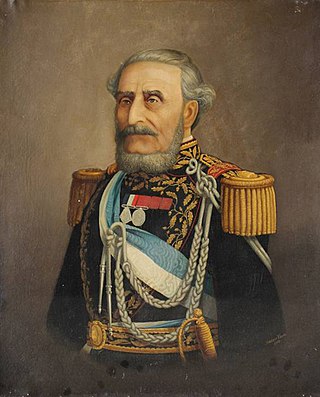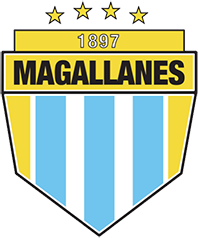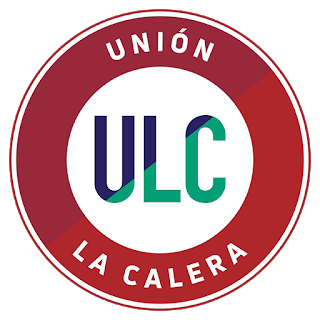This article relies largely or entirely on a single source .(May 2021) |
| |||||
| Decades: | |||||
|---|---|---|---|---|---|
| See also: | |||||
The following lists events that happened during 1886 in Chile .
This article relies largely or entirely on a single source .(May 2021) |
| |||||
| Decades: | |||||
|---|---|---|---|---|---|
| See also: | |||||
The following lists events that happened during 1886 in Chile .
1821 (MDCCCXXI) was a common year starting on Monday of the Gregorian calendar and a common year starting on Saturday of the Julian calendar, the 1821st year of the Common Era (CE) and Anno Domini (AD) designations, the 821st year of the 2nd millennium, the 21st year of the 19th century, and the 2nd year of the 1820s decade. As of the start of 1821, the Gregorian calendar was 12 days ahead of the Julian calendar, which remained in localized use until 1923.

1811 (MDCCCXI) was a common year starting on Tuesday of the Gregorian calendar and a common year starting on Sunday of the Julian calendar, the 1811th year of the Common Era (CE) and Anno Domini (AD) designations, the 811th year of the 2nd millennium, the 11th year of the 19th century, and the 2nd year of the 1810s decade. As of the start of 1811, the Gregorian calendar was 12 days ahead of the Julian calendar, which remained in localized use until 1923.

José Francisco de San Martín y Matorras, nicknamed "the Liberator of Argentina, Chile and Peru", was an Argentine general and the primary leader of the southern and central parts of South America's successful struggle for independence from the Spanish Empire who served as the Protector of Peru. Born in Yapeyú, Corrientes, in modern-day Argentina, he left the Viceroyalty of the Río de la Plata at the early age of seven to study in Málaga, Spain.

Manuel Francisco Antonio Julián Montt Torres was a Chilean statesman and scholar. He was twice elected President of Chile between 1851 and 1861.

The Mayor of San Jose, officially the Mayor of the City of San José, is executive of the Government of the City of San Jose, California in the United States.

Juan Esteban Pedernera was interim President of Argentina during a brief period in 1861.
Presidential elections were held in Chile in 1886. Carried out through a system of electors, they resulted in the election of José Manuel Balmaceda as president.

This is a timeline of Chilean history, comprising important legal and territorial changes and political events in Chile and its predecessor states. To read about the background to these events, see History of Chile. See also the list of governors and presidents of Chile.

Everton de Viña del Mar is a Chilean football club based in the city of Viña del Mar.

The Peruvian War of Independence was a series of military conflicts in Peru from 1809 to 1826 that resulted in the country's independence from the Spanish Empire. Part of the broader Spanish American wars of independence, it led to the dissolution of the Spanish Viceroyalty of Peru.

Magallanes is a Chilean football club based in San Bernardo, Chile. They play in the Primera B de Chile, after being relegated from the Chilean Primera División in 2023.

Unión La Calera is a Chilean football club based in La Calera, Chile. The club competes in the Primera División de Chile.

José Antonio Gandarillas Luco was a Chilean lawyer and Liberal politician.
The following lists events that happened during 1811 in Chile.
Gonzalo Duarte García de Cortázar is a Chilean prelate of the Catholic Church who was Bishop of Valparaíso from 1998 to June 2018. Product of it, he also was the Great Chancellor of the Pontifical Catholic University of Valparaíso, his alma mater.
The following are the squads of the national teams that played in the Copa Centenario Revolución de Mayo, held in 1910 in Argentina. The participating countries were Argentina, Chile and Uruguay. The teams plays in a single round-robin tournament, earning two points for a win, one point for a draw, and zero points for a loss.
The Antonio de Vea expedition of 1675–1676 was a Spanish naval expedition to the fjords and channels of Patagonia aimed to find whether rival colonial powers—specifically, the English—were active in the region. While this was not the first Spanish expedition to the region, it was the largest up to then, involving 256 men, one ocean-going ship, two long boats and nine dalcas. The expedition dispelled suspicion about English bases in Patagonia. Spanish authorities' knowledge of western Patagonia was greatly improved by the expedition, yet Spanish interest in the area waned thereafter until the 1740s.

This page details the match results and statistics of the Chile national football team from 1980 to 1999.

Manuel María Gálvez Egúsquiza was a Peruvian lawyer, magistrate, university professor and politician.